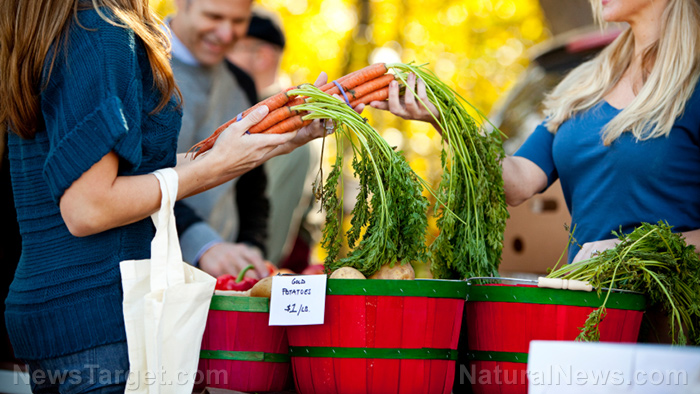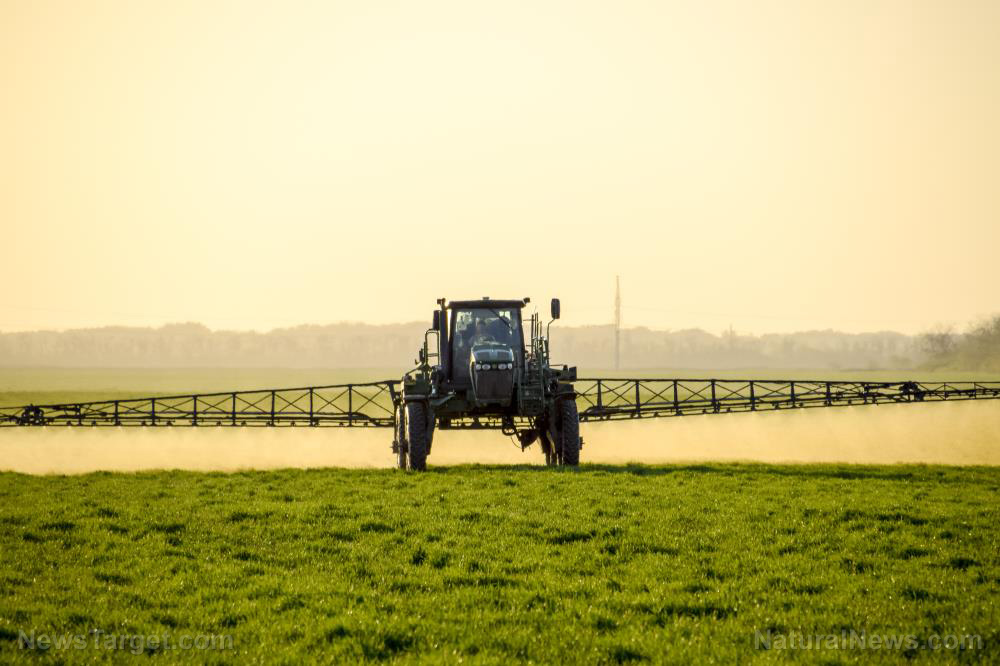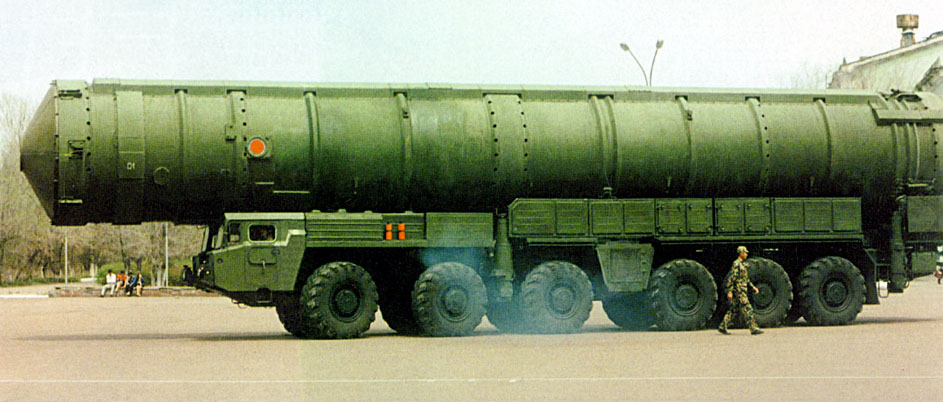
Number of undernourished people increasing since 2014
The number of undernourished people has increased by over 10 million annually. Even before the pandemic hit, close to 700 million people were unable to acquire enough goods to meet their daily minimum dietary energy requirements. However, the pandemic pushed an additional 120 million people on the brink of dying from hunger. Food prices have been up, as well. According to the Food Price Index, prices in December 2021 were up by over a fifth from the year prior. Prices of cereal have reached their highest annual level since 2012; vegetable oil reached an all-time high at a 65.8 percent increase from 2020; and sugar rose by 29.8 percent from the previous year to its highest since 2016. Even meat and dairy have not been spared: meat prices are 12.7 percent higher compared to 2020, and the price of dairy was on average 16.9 percent higher in the same time frame. These prices should not be dismissed by food policy specialists. When the price of staple food increased in 2007 and 2008, it resulted in food riots in numerous countries as well as a political shift in the Middle East. Consumers across the globe that are not usually impacted by food insecurity are already feeling the impact. In Japan, the prices of their best-selling snacks rose by 20 percent – the first price increase since 1979. In Canada, the increase in food prices was said to be the cause of the surge in shoplifting, especially of meat, cheese and alcohol. The conflict between Russia and Ukraine could also affect food security. In 2014, after Western countries imposed a series of sanctions on Russia following its invasion of Crimea, Moscow implemented counter-sanctions that completely banned imports of beef, pork, fruit, poultry, cheese and milk from the European Union, the United States, Australia, Canada and Norway. (Related: Russia-Ukraine war will further worsen global food shortage as poor nations face starvation, unrest.) Environmental, economic and geopolitical indicators all appear to signal further increases in food prices in 2022, and policymakers will need to consider their actions to prevent such crises. Follow FoodCollapse.com to know more about the global impact of food shortages. Watch the video below to learn about food shortages and how this could trigger riots in the U.S. and around the globe. This video is from the High Hopes channel on Brighteon.com.More related stories:
Global food prices surge to record highs; FAO warns of possible famine all over the world. The Earth only has a 3 month supply of food – if production stops humanity has nothing to eat "in 90 days." 'When there is no food there is no peace, America's time of plenty is ending and the casualties will be catastrophic' – Reader warning with shocking new images. Food rationing begins in some countries as plandemic's war phase escalates. EMERGENCY ALERT: On the heels of rail carriers canceling grain shipments, CF Industries warns that FERTILIZER rail shipments are now being halted during spring planting. Sources include: TheEconomicCollapseBlog.com News-Journal.com News.Climate.Columbia.edu Quota.media Brighteon.comTreasury Secretary Janet Yellen admits Biden’s spending plan plays role in inflation
By Kevin Hughes // Share
Fertilizer costs driving up food prices, threatening food security worldwide
By Mary Villareal // Share
Food prices nearing record highs, likely to get worse in coming weeks
By Arsenio Toledo // Share
The INTENDED consequences of climate policy: ‘Electricity shortage warnings grow across U.S.’
By News Editors // Share
An invisible assault: How everyday heavy metals sabotage brain health
By willowt // Share
Pentagon warns of China's rapidly expanding nuclear arsenal
By kevinhughes // Share
FCC grounds new Chinese drones in sweeping security move
By avagrace // Share
The methylation switch: Scientists identify diet that can turn back the cellular clock
By jacobthomas // Share
Renaissance or Ruin: A wake-up call for cultural revival and self-sufficiency
By kevinhughes // Share
Weight loss in midlife may trigger brain inflammation, study finds
By avagrace // Share











